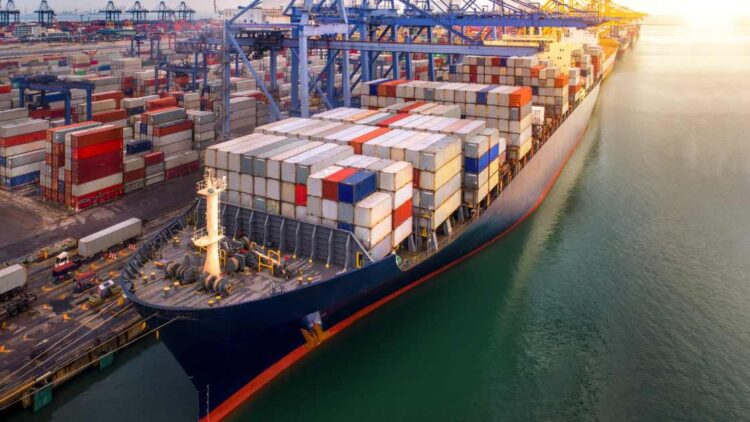Everyday , thousands of containers arrive at seaports from countries all around the world (” 80% of global cargo is moved by ocean vessels”). Goods transported by ocean containers on ships can be placed into the container at the factory origin, farm or other locations where goods are either stored or manufactured . For example ; furniture from Thailand to a retailer in Milan . Tiles from India to a seller in Africa . Crude oil from OPEC countries to all over the world and etc .
How to book a shipping container .

- First of all finalise your cargo requirement (eg , tiles , shoes , onions etc).
- Finalise the shipping company ( eg; Maersk , MSC , CMA CGM )
- Opt your container type (eg; 20 feet , 40 feet).
- Now check the freight at the time of booking . It keeps fluctuating so you can book your container as per your need .
- There are 3 ways in which you can book your container :-
- FOB ( Freight On Board) – This means as the buyer , you are responsible for the shipping from there and all other fees associated with getting the goods to your country/address.
- CIF (Cost , Insurance and Freight ) – In this ,the Shipper with the price of goods includes sea freight , insurance to deliver the goods to your nearest port. But from port onwards , you take the shipment into your hands i.e shipping charges , container deposits , custom clearance , taxes etc.
- CNF (Cost , No insurance , Freight ) – Similar to CIF only this time insurance is not included .
- After finalising the booking option , provide the shipment information to your shipper.
- The port of discharge .
- The purchaser’s name and address
- Date of container discharge .
- Now , the shipping company will generate “BL (Bill of Lading)” , which is a legal document issued to the shipper . A “BL” document mainly consists of the following items :-
- Shipper name and address.
- Purchaser’s / consignee name and address.
- Voyage number .
- Bill of Lading number.
- Vessel name
- Port of Loading.
- Port of Discharge.
- Quantity of containers and container numbers.
- Seal numbers.
- Type and numbers of goods stuffed in the container.
- Gross weight.
- If your shipper provides you the Bl , that means your shipment is ready . You can track your vessel with the shipping website by providing your container number in the search box.
- An original Bill of Lading is highly important to release your containers from the port .
- After getting original BL from the shipper , you just have to go to your nearest port , pay the customs and other country taxes and voila.. you are good to go .. https://www.shipbob.com/ecommerce-shipping/process/
You would think it is a very complex task but actually it is NOT. I myself used to think very highly of it but since I have offloaded my 1st container from India , it is a cake walk. Just make sure that you pay all the customs and taxes as per the law of the land . Now you know how shipping container works.







Very helpful post and very well explained. Thankyou.